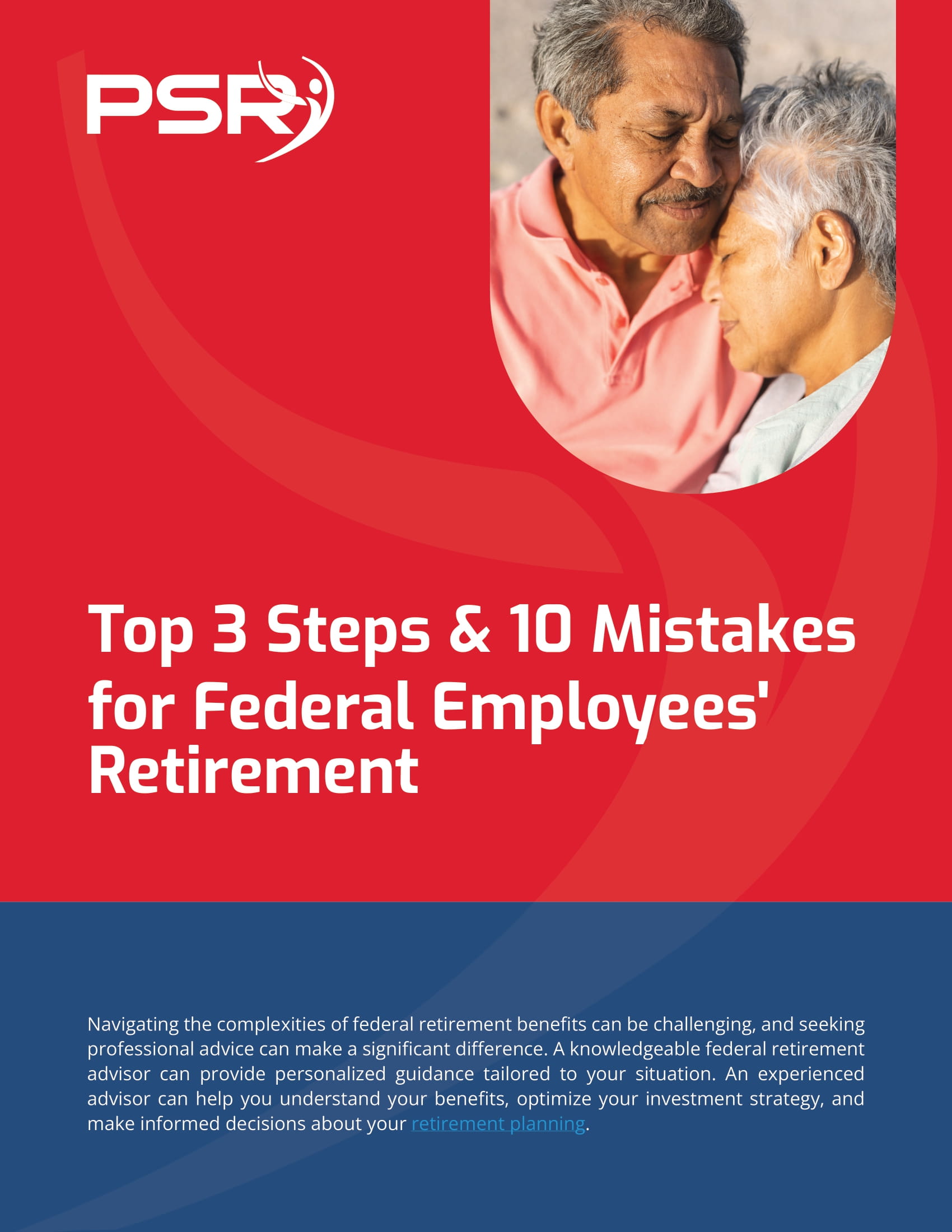Key Takeaways
-
FERS provides a mix of pension, Social Security, and Thrift Savings Plan benefits, while private-sector plans primarily rely on 401(k) accounts.
-
Federal employees have access to a structured retirement system with predictable benefits, whereas private-sector retirement plans can vary significantly by employer.
Understanding the Key Differences Between FERS and Private-Sector Retirement Plans
If you’re a federal employee approaching retirement, you may be wondering how your retirement benefits compare to those in the private sector. The Federal Employees Retirement System (FERS) is designed specifically for
government workers, offering a structured and stable retirement package. In contrast, private-sector retirement plans often depend on employer contributions and market performance. Here’s what you need to know about how these systems differ.
1. Three-Tiered Retirement vs. Employer-Sponsored Plans
One of the most significant differences between FERS and private-sector retirement plans is the structure. FERS consists of three key components:
-
A basic annuity (pension) calculated based on years of service and high-3 salary.
-
Social Security benefits to supplement retirement income.
-
The Thrift Savings Plan (TSP), which operates similarly to a 401(k) but with lower fees and government matching contributions.
Private-sector retirement plans, on the other hand, typically rely on employer-sponsored 401(k) plans or IRAs. Unlike FERS, most private employees do not receive a guaranteed pension, making their retirement more dependent on personal savings and investment choices.
2. Pension vs. Defined Contribution Plans
Under FERS, you receive a defined benefit pension that provides a predictable, stable monthly income based on years of service and salary. This pension is funded partially by your contributions but primarily by the government.
In contrast, private-sector employees often rely on defined contribution plans like 401(k)s. These plans depend on investment returns and employer contributions, meaning there’s no guaranteed payout. If the market underperforms, retirees could see significantly reduced retirement income.
3. Government Matching Contributions: FERS vs. 401(k) Plans
Both FERS and private-sector retirement plans offer employer contributions, but the details differ:
-
Under FERS, the government automatically contributes 1% of your salary to your TSP account, regardless of whether you contribute.
-
You can receive up to a 5% government match if you contribute at least 5% of your salary to the TSP.
-
Private-sector employers often match 401(k) contributions, but the match percentage and vesting schedules vary widely, with some companies not offering any match at all.
4. Retirement Eligibility and Early Retirement Options
Federal employees under FERS can retire based on a combination of age and years of service:
-
Minimum Retirement Age (MRA) +10 years (with a penalty).
-
Age 62 with at least five years of service for a full pension.
-
Age 60 with 20 years of service or MRA with 30 years for full benefits.
In contrast, private-sector employees don’t have set retirement ages or guaranteed benefits. They must rely on their savings, Social Security, and personal investments to determine when they can retire. Many private-sector workers continue working beyond 65 due to financial constraints.
5. Cost-of-Living Adjustments (COLAs)
A major advantage of FERS is that retirees receive cost-of-living adjustments (COLAs) to help their pension keep up with inflation.
-
COLAs are applied annually but are capped at 2% if inflation exceeds 3%.
-
Private-sector retirement plans rarely include automatic COLAs, meaning retirees must rely on investment growth to combat inflation.
6. Health Benefits in Retirement
Federal retirees can continue their Federal Employees Health Benefits (FEHB) coverage, a significant advantage over private-sector retirees.
-
FEHB allows retired federal employees to maintain health insurance at group rates.
-
Private-sector retirees often lose employer-sponsored health insurance at retirement, requiring them to rely on Medicare or private insurance.
7. Survivor Benefits and Spousal Protections
FERS includes built-in survivor benefits that provide ongoing income to a spouse after a retiree’s death.
-
Spouses may receive up to 50% of the retiree’s pension.
-
Survivor benefits require a reduction in the retiree’s monthly annuity.
-
Private-sector plans sometimes offer survivor benefits but are often based on individual 401(k) or IRA account balances.
How These Differences Impact Your Retirement Planning
Understanding these key differences can help you better plan for your retirement:
-
Federal employees have more predictable retirement benefits due to FERS’ structured design.
-
Private-sector employees must save more aggressively to compensate for the lack of a pension.
-
Access to health benefits and COLAs under FERS provide additional security that private-sector retirees often lack.
Preparing for Retirement: Steps to Take Now
-
Maximize your TSP contributions to take full advantage of government matching funds.
-
Understand your pension calculation to estimate your future monthly annuity.
-
Review your FEHB options to ensure continued health coverage in retirement.
-
Plan for inflation by considering additional savings strategies beyond your pension and TSP.
Making the Right Choice for Your Retirement
Whether you’re a current federal employee or considering a transition to the private sector, it’s important to understand the long-term implications of your retirement plan. While FERS offers stability, private-sector employees need to take a more hands-on approach to ensure they have sufficient savings for a comfortable retirement.
For more guidance on how your benefits compare and what steps to take next, get in touch with a licensed agent listed on this website who can help you navigate your retirement options.












